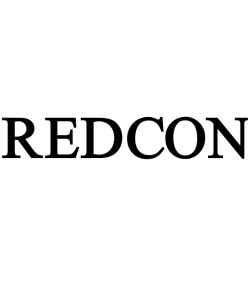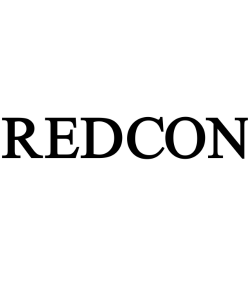
Work from home to continue in the post-pandemic world, EJB

Mohamed Elkholi; member of the Egyptian Junior Business Association EJB, said that the crisis that the world experienced with the COVID-19 pandemic has changed the way company owners and executives think, especially with regards to internal communications with employees. It has simultaneously revealed much of what is related to the best ways to practice employee engagement, and to leverage skills and talents at work.
He adds that, since the beginning of the Coronavirus crisis in March 2020, companies have let a large number of non-essential employees go, while there were fewer institutions that set different plans and alternative scenarios to manage the crisis, indicating that many business owners found themselves in a crucial need to change the concept of internal communications, as well as the functional connection with which they manage their business.
Elkholi pointed out that, according to a survey, it was found that about 95% of organizations began to learn the lesson and lean towards change in order to better handle the situation during 2021, as new organizational concepts rise on the list of priorities for employers. As an example, up to 43% of business owners are ready to assess their behaviors in the coming year, while on the other hand, it is expected that 40% of companies will search for advanced business management mechanisms, followed by up to 37% of those trying to utilize the communication and collaboration mechanisms and tools that have become available.
Further, 2020 has tipped the scales and has pushed the concept of "employee experiences" to the forefront of priorities for business decision-makers.
Elkholi,founder of employee engagement consultancy firm DOTMENT, confirmed that communication experts explained that, as a result, the best methods of employee engagement, that 70% of business owners will resort to depend on focusing on the mental health of employees and achieving their wellbeing.
While 55% give more attention to motivational initiatives, 60% showed that they have clear plans regarding their vision of employee engagement and organizational culture for the year 2021, indicating that two-thirds of the organizations discussed the topic at the level of senior officials, and 50% of business owners formalized the matter and set strategies to put it in play.
Elkholi pointed out that digital experience took the business world by storm, and this was a direct result of the COVID-19 pandemic. Moreover, many opinion polls found that one in every four institutions did not have clear strategies for experimenting with workplace locations. As executives and business owners restricted and prohibited personal interactions in the workplace, digital and virtual solutions have become the main area on which these companies depend as work-from-home policies were enforced.
Elkholi also said the opinion poll revealed that, during 2020, employees began to bear more workloads as one person became responsible for the work that was normally performed by two or more. To exemplify, there was one employee out of every 3 who felt that internal communications with the company's human resources is missing, while 2 out of 5 employees felt pressured when providing assistance, and one in every 5 employees felt an increase in work stress, demanding that employers change and redirect internal communication strategies in order to reduce operational expenses and simultaneously be able to get the highest performance and productivity levels possible out of employees by focusing on their wellbeing.
Elkholi adds, “Although Microsoft is the pioneer and owner of the largest percentage of digital channels for businesses, the pandemic has prompted many other companies to introduce newer and faster technologies and solutions. This includes web calls, mobile applications, messaging applications and collaboration platforms the likes of Yammer and Zoom, indicating that 35% of decision makers emphasized the increased use of digital communication solutions. This shift is transforming communications into a more personal tone that will be the norm in the future, thus making the vision for future internal communication strategies somewhat blurred. He adds that remote and work-from-home trends are highly likely to continue after the pandemic ends, thus dictating a necessary shift in internal communication and employee engagement understandings and approaches.
Elkholi concludes, “If business owners and leadership teams previously relied on rewards to engage employees, the situation now obliges them to develop different strategies in order to maintain employee productivity through supportive concepts of internal communications, and by monitoring the situation closely. Internal communications and employee engagement are unquestionably the way forward for businesses.”





-1120252475029447.jpg)
-920252122624392.jpg)















